Cities need to put nature objectives in strategic agendas and then commit to achieving them through meaningful investment and means for accountability. Simply put: get nature on the agenda and act for it.
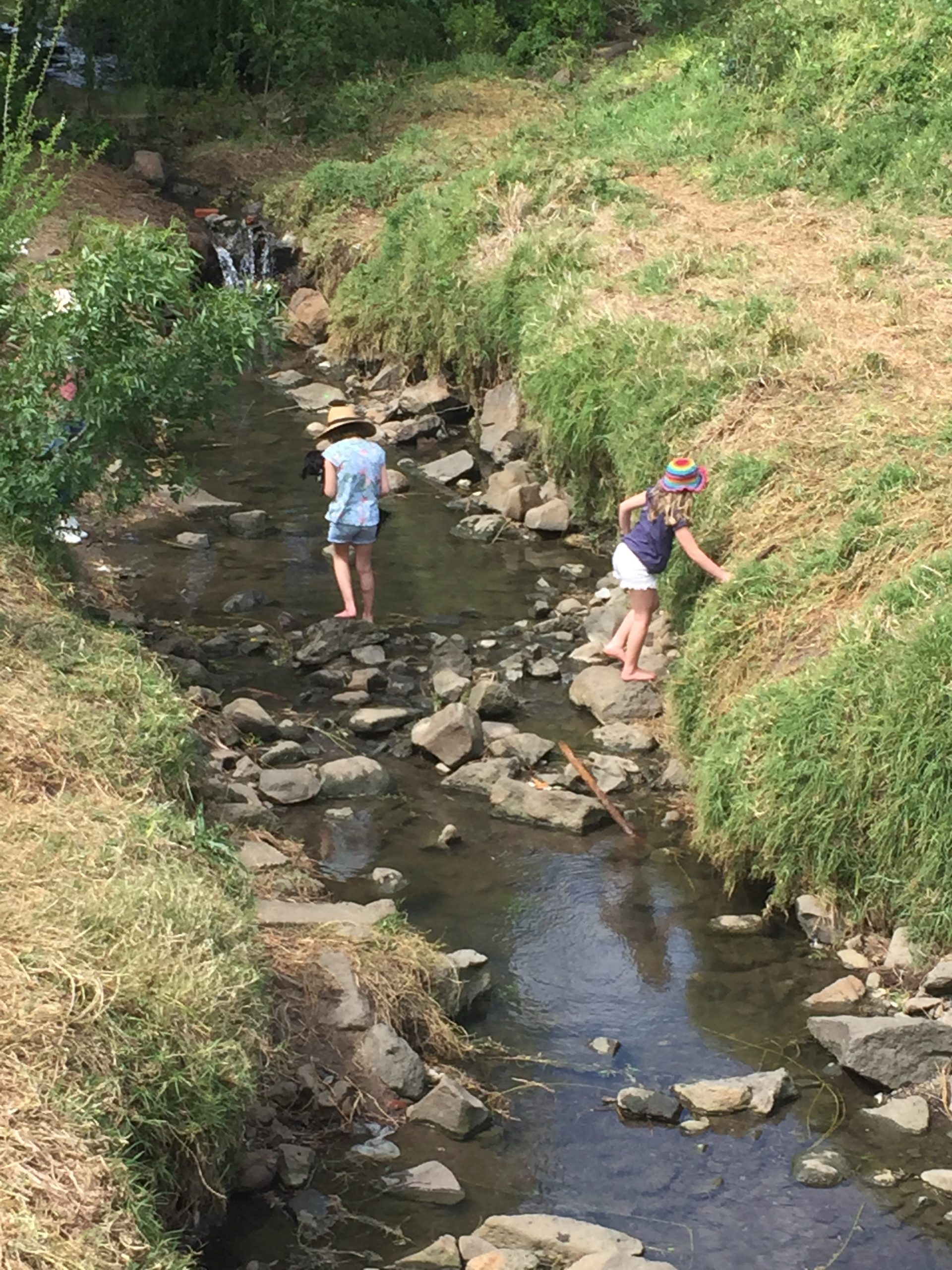
First, cities have a role to play in dealing with the extinction crisis and with protecting biodiversity and that means they need to act upon it (Oke et al., 2021). The first step is to recognize the potential of cities as places for biodiversity and as spaces where nature can be restored and protected (Ives et al 2016; Garrard et al 2018). Global reports for biodiversity and climate adaptation (e.g. United Nations Environment Program, 2021) document and provide evidence for the effectiveness of actions as well as for the opportunities that cities offer. Yet, simply being sites of opportunity, however, does not guarantee that the opportunities are seized nor materialized. Cities, and their multilevel governance partners, need to realize and act upon the opportunities they have in contributing to urban biodiversity finding solutions to the extinction crisis through connecting global perspectives with a local focus.
While cities may feel constrained by contested interests and a nexus of necessary institutional arrangements that need to be in place; however, many cities are showcasing that when there is a will there is a way. Across the globe, cities grappling with opportunities for making transformational changes with nature have paved the way for others to follow. In the mix of daring cities, we find Melbourne with a global first metropolitan-wide strategy for Urban Forests, connecting and coordinating multiple actions across 32 municipalities and setting an enabling (policy) context for more actions to emerge along the way (Fastrenrath et al 2020; The Nature Conservancy and Resilient Melbourne 2019).
In fact, many cities in Australia are motivated to take action by regenerating urban parks, making biodiversity plans at city level and responding to state-level targets on canopy cover with broader than simply ‘trees in parks’ strategies incorporating biodiversity and renaturing initiatives. The recent announcement by the city of Paris for making an urban green park in its iconic Champs-Élysées boulevard as a next step to its rolling out rooftop cover strategy also falls into this category. It is about realizing the important role that cities can play in dealing with biodiversity crisis and taking daring action to realize in full potential the role, and for this to be recognized by governance peers.
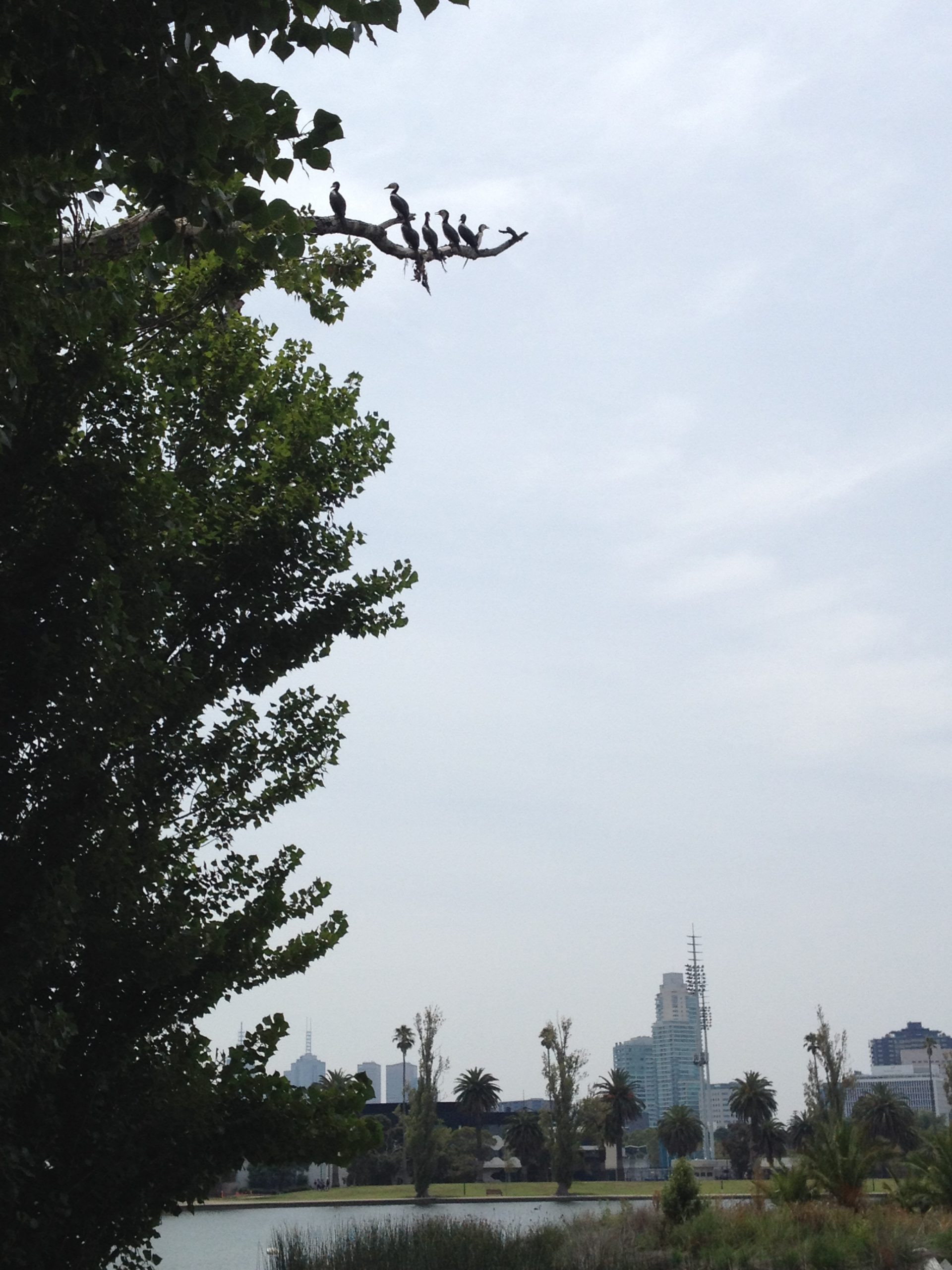
Second, cities need to put nature objectives in strategic agendas and then commit to achieving them through meaningful investment and means for accountability (Oke et al 2021). Simply, put nature on the agenda and act for it. Cities’ agendas drive action and are the institutional ‘signposts’ for committing political will or showing political commitment. Until now, guidance and research for designing and implementing city agendas for nature, is rather heavy on critique and light on constructive guidance, yet we recognize that science and research can play a critical role in co-shaping and informing city agendas.
For cities to put nature first in strategic urban agendas they need to:
- Employ a system’s approach to guide biodiversity agendas. Approach the full planning cycle with a system’s perspective, from objectives setting to developing implementation programs. This means looking at interactions, feedback loops, and co-benefits between solutions and interventions as well as between biodiversity and other strategic priorities. In this way, more opportunities and also institutional spaces for innovation can be enabled.
- Mainstream resilience principles in planning with and for nature-based solutions. With much knowledge and evidence from practice of how to achieve urban resilience through global city initiatives and city networks (e.g. 100 Resilient Cities now evolved into Global Resilience Network, as well as other city networks such as ICLEI-led Cities with Nature), a more daring step will be to adopt resilience principles as guiding or foundational principles for urban planning. Instead of spending resources and time to advocate for the need of an urban resilience approach, cities now have to leapfrog into mainstreaming them to support further the planning and implementation of nature-based solutions as critical for biodiversity and climate adaptation in cities (Race to Resilience: https://racetozero.unfccc.int/race-to-resilience/).
- Mainstream experimentation to enrich and strengthen in-house expertise in cities. Urban planners and urban strategists have deep knowledge and expertise on their thematic spheres. This is a resource to be tapped into when putting nature on the agenda as well as for designing plans and programs for it. The in-house expertise should to be woven with recent academic knowledge in ‘safe spaces’ through experimentation and co-creation. In addition, urban governments may benefit from building in-house ecological and scientific expertise where this is lacking. Experimentation requires commitment to monitoring and evaluating the outcomes of actions, and to identifying opportunities to turn ‘failure’ into new approaches and improved responses. We thus propose that many cities can mainstream experimentation as a way to extend and update and put learning into the ‘making of’ the city with nature (Frantzeskaki et al 2019, 2020).
Third, cities need to engage with diverse actors so as to plan and govern nature in cities inclusively (Oke et al 2021). Cities are connected landscapes: landscapes of nature and cultures. As such, every intervention or transformation in the fabric of urban landscapes needs to weave in and engage inclusively with multiple actors. For finding ‘whose nature it is’, there are different lenses and approaches to take on board, each one with benefits and blind spots. A common aspect in all cities is that globalization as an unstoppable driver creates multicultural cities and urban spaces that are always in flux.
For cities to govern nature (and nature-based solutions) inclusively they need to:
- Renature co-creatively with Indigenous communities. Bringing and/or sustaining nature in cities is an action for ecological, economic and social sustainability and responds to the quest for intergenerational justice. But thinking and caring for future generations comes hand in hand with respecting, understanding and caring for our history and predecessors. Here is where Indigenous communities and their care for nature, care for place and planet and specifically in Australia “Caring for Country” is of vital importance to lead urban renaturing.
- Give voice to cultural meanings of nature in cities. Alongside strategic narratives and business cases for nature in cities, cities should include cultural meanings of nature in the form of narratives, imaginaries, songlines, or images. Place-based understandings and narratives can provide a new form of understanding of how to better integrate or re-introduce nature in cities especially in places that are contested, under conflict or socially or ecologically vulnerable. Cities can foster and enable this weaving of cultural meanings through, for example, transforming existing (and often long-standing) city festivals to embrace multi-cultural meanings, to make the “invisible visible” and to represent diversity.
- Embrace citizen science to make inclusive urban nature programs. Citizen science offers an additional lens and means through which to shed light to people’s use of, preferences for and meanings of urban nature. It can complement traditional social science or marketing methods to unravel citizens’ needs and activate feelings of belonging and empowerment that are important both for embracing nature in cities and being active urban citizens.
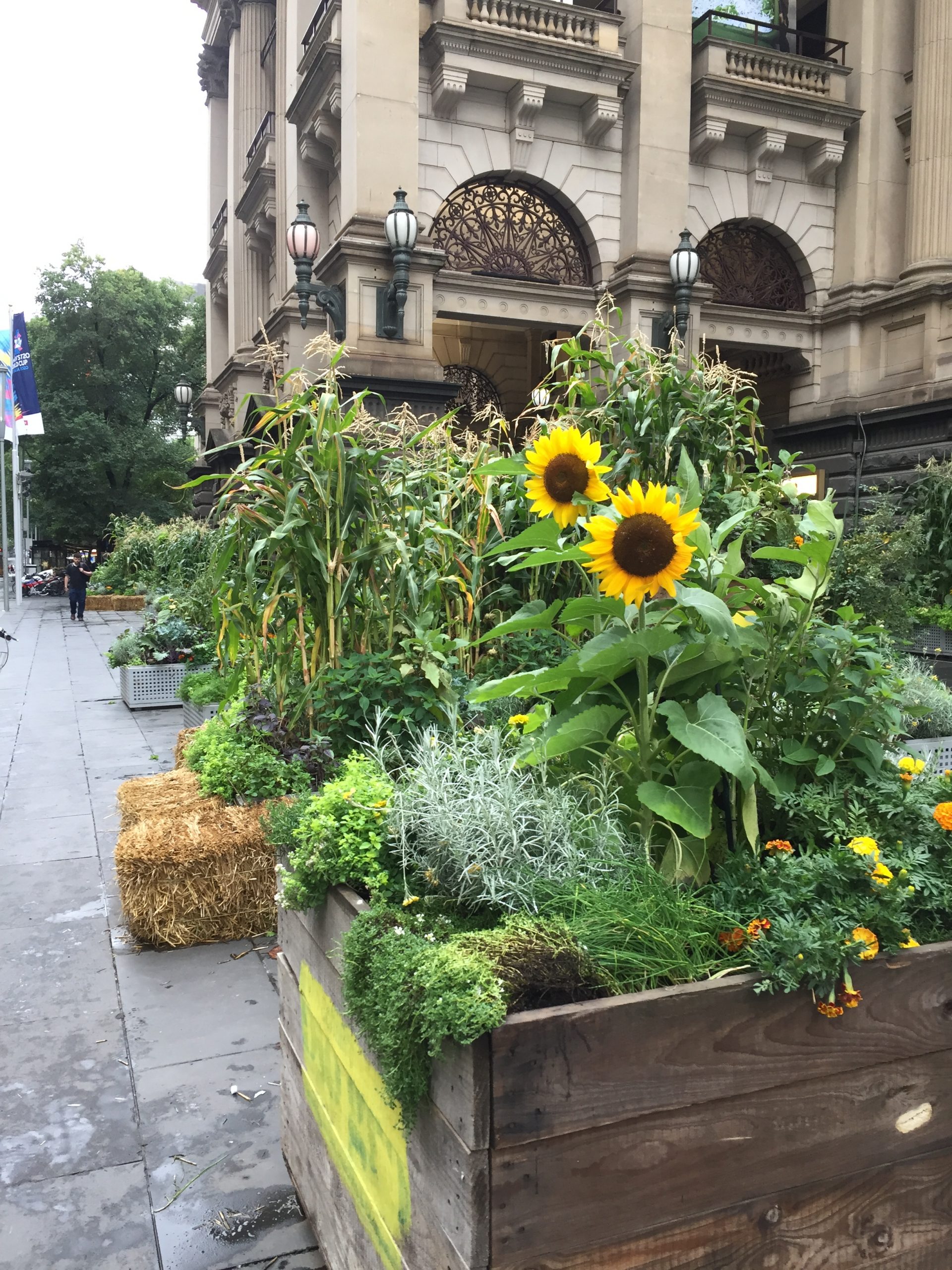
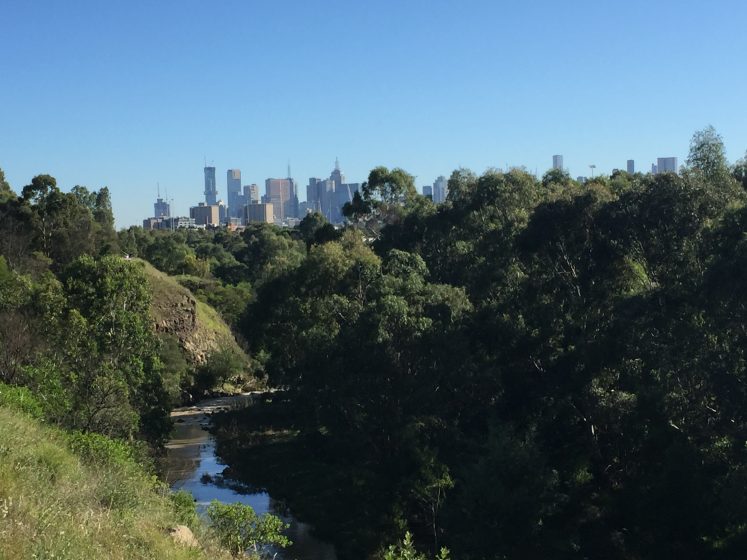
Cities are critical places for tackling the global challenges of climate change, extinction crisis and pandemics. But to do so, we need to foreground biodiversity in actions for nature in cities. This implies a shift in the way urban priorities are set, a move from considering biodiversity and nature in cities as a luxurious after-thought or beneficial add-on to acknowledging them as a key starting point for planning and building inclusive, resilient cities of the future.
Niki Frantzeskaki, Cathy Oke, Judy Bush, Sarah A. Bekessy, James A. Fitzsimons, Georgia E. Garrard, Maree Grenfell, Martin Hartigan
Melbourne
References:
Oke, C., Bekessy, S.A., Frantzeskaki, N., Bush, J., Fitzsimons, J.A., Garrard, G.E., Grenfell, M., Harrison, L., Hartigan, M., Callow, D., Cotter, B., Gawler, S., (2021), Cities should respond to the biodiversity extinction crisis, npj Urban Sustainability, 1, https://doi.org/10.1038/s42949-020-00010-w
The Nature Conservancy and Resilient Melbourne (2019). Living Melbourne: Our Metropolitan Urban Forest. The Nature Conservancy and Resilient Melbourne, Melbourne. https://resilientmelbourne.com.au/living-melbourne/
Fastenrath, S., Bush, J., and Coenen, L., (202), Scaling-up nature-based solutions, Lessons from the Living Melbourne strategy, Geoforum, 116, 63-72, https://doi.org/10.1016/j.geoforum.2020.07.011
Frantzeskaki, N., Vandergert, P., Connop, S., Schipper, K., Zwierzchowska, I., Collier, M., and Lodder, M., (2020), Examining the policy needs for implementing nature-based solutions: Findings for city-wide transdisciplinary experiences in Glasgow, Genk and Poznan, Land Use Policy, 96, 104688, https://doi.org/10.1016/j.landusepol.2020.104688
Frantzeskaki, N., McPhearson, T., Collier, M., Kendal, D., Bulkeley, H., Dumitru, A., Walsh, C., Noble, K., van Wyk, E., Pinter, L., Ordonez, C., Oke, C., Elmqvist, T., (2019), Nature-based solutions for urban climate change adaptation: linking the science, policy and practice communities for evidence based decision-making, Bioscience, 69, 455-566, doi:10.1093/biosci/biz042
Garrard GE, Williams NSG, Mata L, Thomas J & Bekessy SA (2018) Biodiversity sensitive urban design. Conservation Letters. 11: e12411. http://onlinelibrary.wiley.com/doi/10.1111/conl.12411/full
Ives CI, Lentini PE, Threllfall CG, Ikin K, Shanahan DF, Garrard GE, Bekessy SA, Fuller RA, Mumaw L, Rayner L, Rowe R, Valentine LE, Kendal D (2016) Cities are hotspots for threatened species. Global Ecology and Biodiversity, 25: 117-126. doi: 10.1111/geb.12404
United Nations Environment Progamme, (2021), Adaptation Gap Report 2020, Nairobi. (www.unep.org/adaptation-gap-report-2020).
about the writer
Cathy Oke
Dr Cathy Oke is Melbourne Enterprise Senior Fellow in Informed Cities at the Connected Cities Lab, Faculty of Architecture Building and Planning University of Melbourne.
about the writer
Judy Bush
Judy is a Lecturer in Urban Planning at the University of Melbourne, Australia. Her research focuses on policies and governance of urban green spaces in the transition to nature-based cities.
about the writer
Sarah Bekessy
Sarah leads the ICON Science group at RMIT University (Interdisciplinary Conservation Science). She co-developed the ‘biodiversity sensitive urban design’ protocol and works with governments and industry to improved biodiversity outcomes in cities.
about the writer
James Fitzsimons
Dr James Fitzsimons is the Director of Conservation and Science for The Nature Conservancy’s Australia Program where he oversees conservation planning, science, implementation and policy across all the projects the Conservancy works on throughout the country.
about the writer
Georgia Garrard
Georgia is an interdisciplinary conservation scientist and Senior Lecturer in Sustainability in the Office for Environmental Programs and School of Ecosystem and Forest Sciences at The University of Melbourne, Australia.
about the writer
Maree Grenfell
Maree is an accomplished change strategist with a track record of achievement across the community, private and government sectors. Her work focuses primarily on complex multi-stakeholder initiatives and pioneering projects to build capability and collaborative capacity at a community, city and national level.
about the writer
Martin Hartigan
Martin is an experienced manager of environment and sustainability teams in local and state government, developing and implementing a range of environmental strategies.


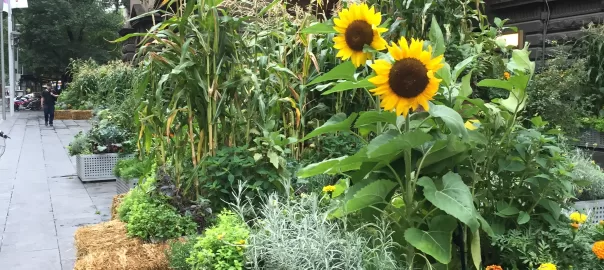
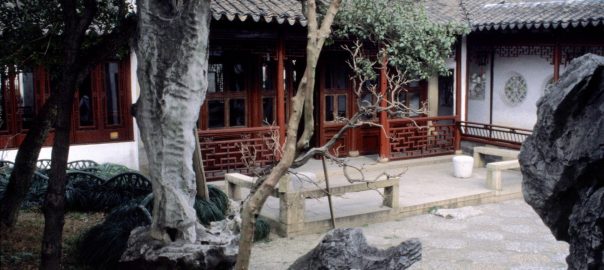
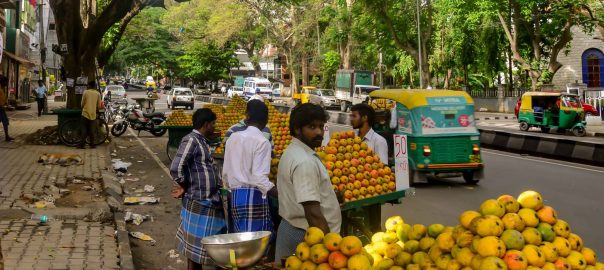
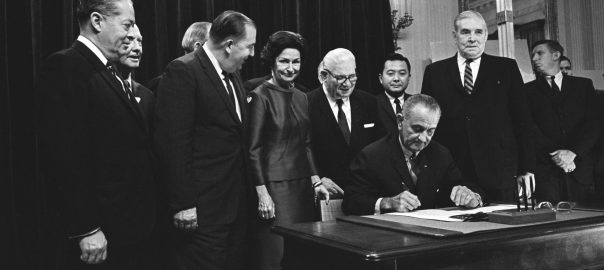
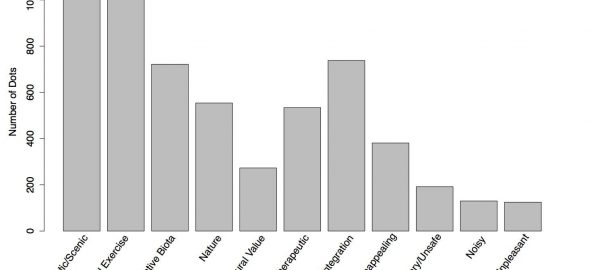
Leave a Reply